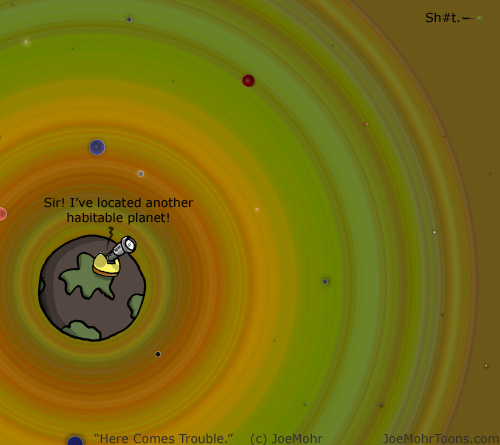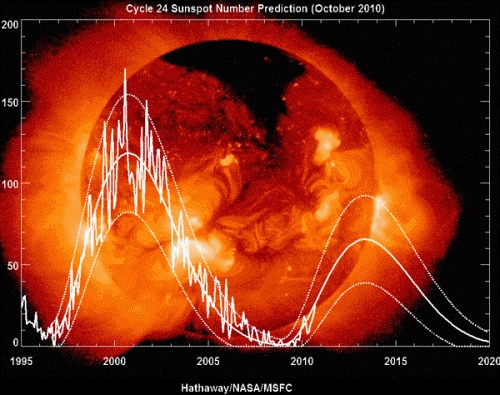An team of astrophysicists has discovered a thin band of anti-matter trapped between our planet’s radiation belts. The discovery, made via the international PAMELA satellite mission, may one day provide a fuel source for spacecraft.

Previous theoretical predictions by solar scientists have asserted that the Earth’s geo-magnetic field, or magnetosphere, should be capable of trapping or containing anti-matter. Now comes confirmation, via the international PAMELA satellite mission, of a narrow band of anti-protons trapped between the inner and outer Van Allen radiation belts, which constitute the lower region of the Earth’s magnetosphere. The discovery constitutes “the most abundant source of antiprotons near the Earth.”
The Van Allen radiation belts are a torus (donut-shaped field) of energetic particles (also known as plasma) which is contained by the Earth’s geo-magnetic field. The source of these anti-particles* is believed to be a combination of the solar wind and cosmic rays.

Located in a specific region of the field known as the South Atlantic Anomaly (SAA), the newly discovered, anti-proton band’s energy spectrum was measured at the kinetic energy range of 60–750 MeV (million electron volts).
These “anti-particles” result when cosmic rays interact with the terrestrial atmosphere and accumulate at altitudes of several hundred kilometers due to the strong magnetic field surrounding the Earth. It is theorized that the band of anti-protons derives from the formation of protons via neutron decay (from collisions with cosmic rays), and which “constitutes the main source of trapped protons at energies above some tens of MeV.”

Multiple detector measurements confirmed the anti-matter band. According to the report: “the magnetospheric antiproton flux in the SAA exceeds the cosmic-ray antiproton flux by three orders of magnitude at the present solar minimum, and exceeds the sub-cutoff antiproton flux {of] outside radiation belts by four orders of magnitude, constituting the most abundant source of antiprotons near the Earth.”
The researchers, quoted in a redorbit.com article, also stated that “there may be enough to implement a scheme using antimatter to fuel future spacecraft.”
The letter/report entitled: The discovery of geomagnetically trapped cosmic ray antiprotons, by: O. Adriani et al, was released ahead of print publication on arxive.org, pending publication in Astrophysical Journal Letters, later this month. More about the PAMELA satellite:

PAMELA stands for Payload for Antimatter Matter Exploration and Light-nuclei Astrophysics. At a cost of 30 million EU, PAMELA was launched on June 15, 2006, and is a project of the Wizard collaboration, which includes Russia, Italy, Germany and Sweden. It is the first satellite mission dedicated to detecting cosmic radiation, with a special focus on “antimatter components such as positrons and antiprotons.”
According to the project’s official website, the PAMELA satellite mission is designed to measure with “unprecedented precision and sensitivity the abundance and energy spectra of cosmic rays, electrons, positrons, antiprotons and light nuclei over a very large range of energy from 50 MeV to hundreds GeV, depending on the species.”
It is anticipated that future radiation observations by the slated AGILE and GLAST missions will augment PAMELA’s findings and will help scientists “unravel the mysteries of the most energetic processes known in the Universe. ”
* Assuming that that an antiproton does not encounter a proton (resulting in mutual annihilation), such antimatter has a lifespan of between 1 and 10 million years.
Top image: NASA headquarters (caption edited by the author: M. Ricciardi)
Van Allen Diagram: PD- NASA
Quark diagram: Spinningspark ; CC – By – SA 3.0
PAMELA image: the PAMELA website (editor: Vincenzo Buttaro)

